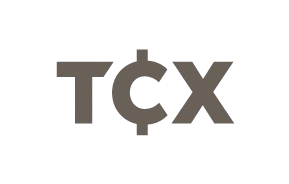Dominican Republic’s government submitted a budget amendment widening the 2025 deficit target to 3.5% of GDP, up 0.5ppt, primarily through a 20% increase in capital spending (0.4% of GDP). Authorities said additional financing needs would be covered by accumulated deposits. The economy grew 2.4% YoY in H1 2025, slowing sharply from 5% in 2024. The central bank launched a liquidity facility worth 1% of GDP in June to support credit.
